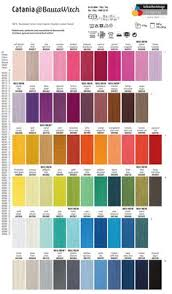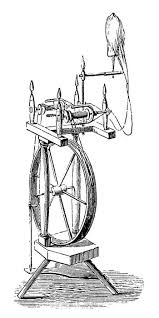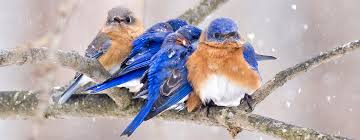Do you want to learn more about yarn ahead of your next textile project? Here are 5 interesting facts about this versatile material.
- Yarn has ancient origins
Archaeologists around the world have unearthed evidence that ancient civilisations including the Peruvians and the Egyptians were adept at spinning yarn for a variety of different purposes. This UCL article provides insight into the splice and twist method used in dynastic Egypt to create yarn from flax:
- There are many traditions associated with yarn
As yarn has such a long and rich history, it’s no surprise that spinning yarn is both an art form and a tradition which has been passed down from generation to generation across myriad different cultures.
Historically, primarily drop spindles and spinning wheels were used to create yarn. Although we now have modern machinery, the skill of yarn spinning still survives and will continue to be passed down the generations.
3. Yarn can be made from a variety of fibres
Both natural and synthetic fibres can be used to make yarn, each of which has its own unique properties and is used to create yarn with specific characteristics. It is also possible to blend natural and synthetic fibres into a single yarn.
Examples of natural fibres that are often used to make yarn include flax, cotton and silk. Polyester, nylon and acrylic are common synthetic fibres used in the production of yarn.
4. Yarn comes in a variety of textures
As many different fibres can be used to make yarn, it is available in a range of textures and weights. Smooth yarns can be used to create fine textiles, whereas fuzzy or chunky yarn, such as Wool Couture chunky yarn, can be used to make cosy garments like jumpers and cardigans.
5. The colour options for yarn are almost endless
Yarn is available in a wide array of different colours and tones, ranging from light-toned neutrals to bold and vibrant rainbow colours. So, regardless of the type of project you’re working on, you won’t struggle to find yarns in just the right colours.






